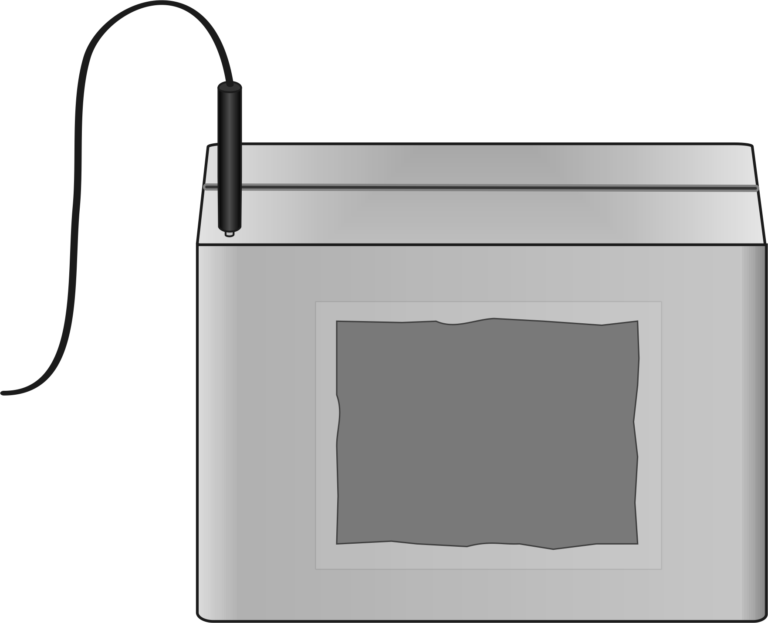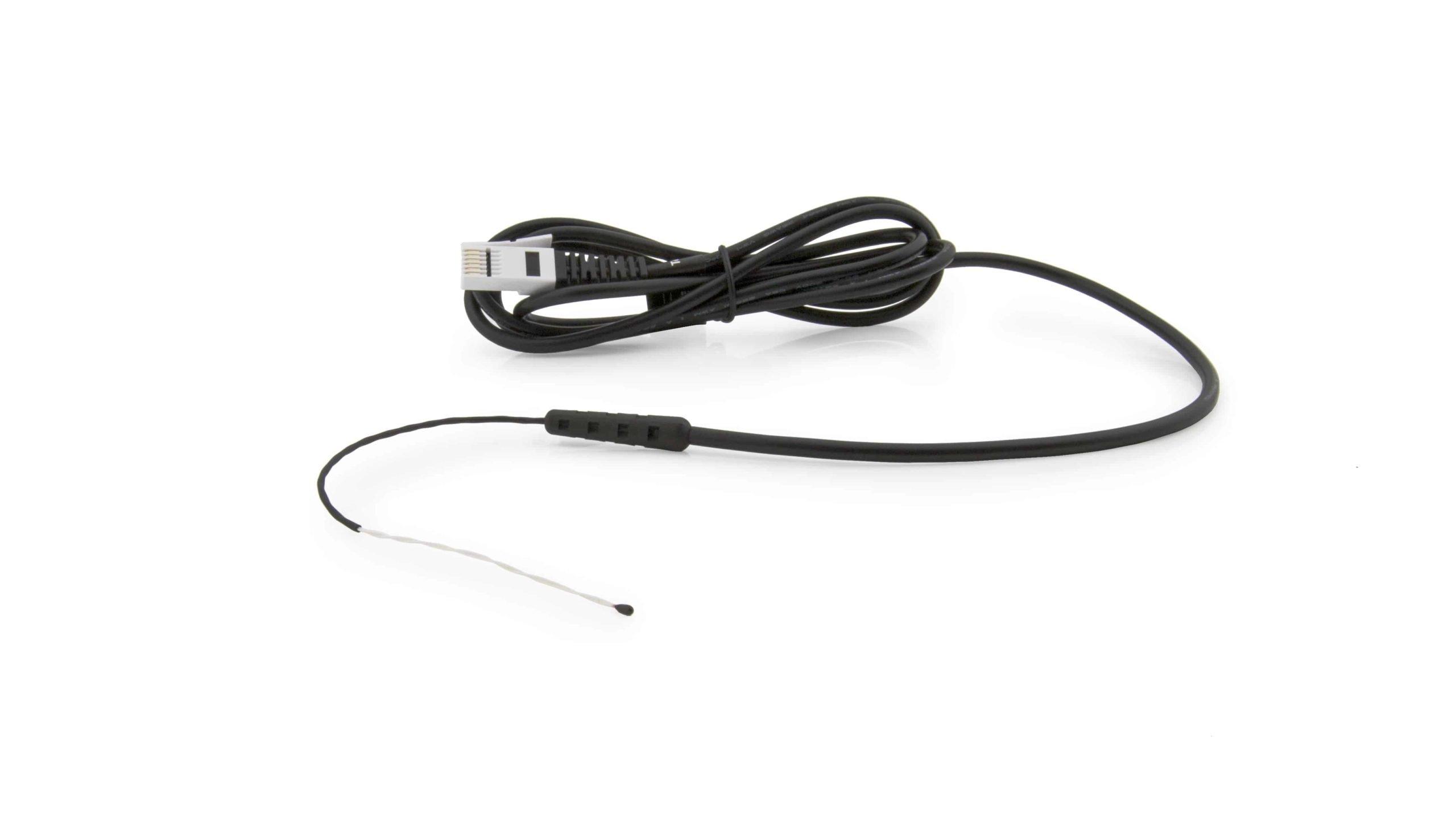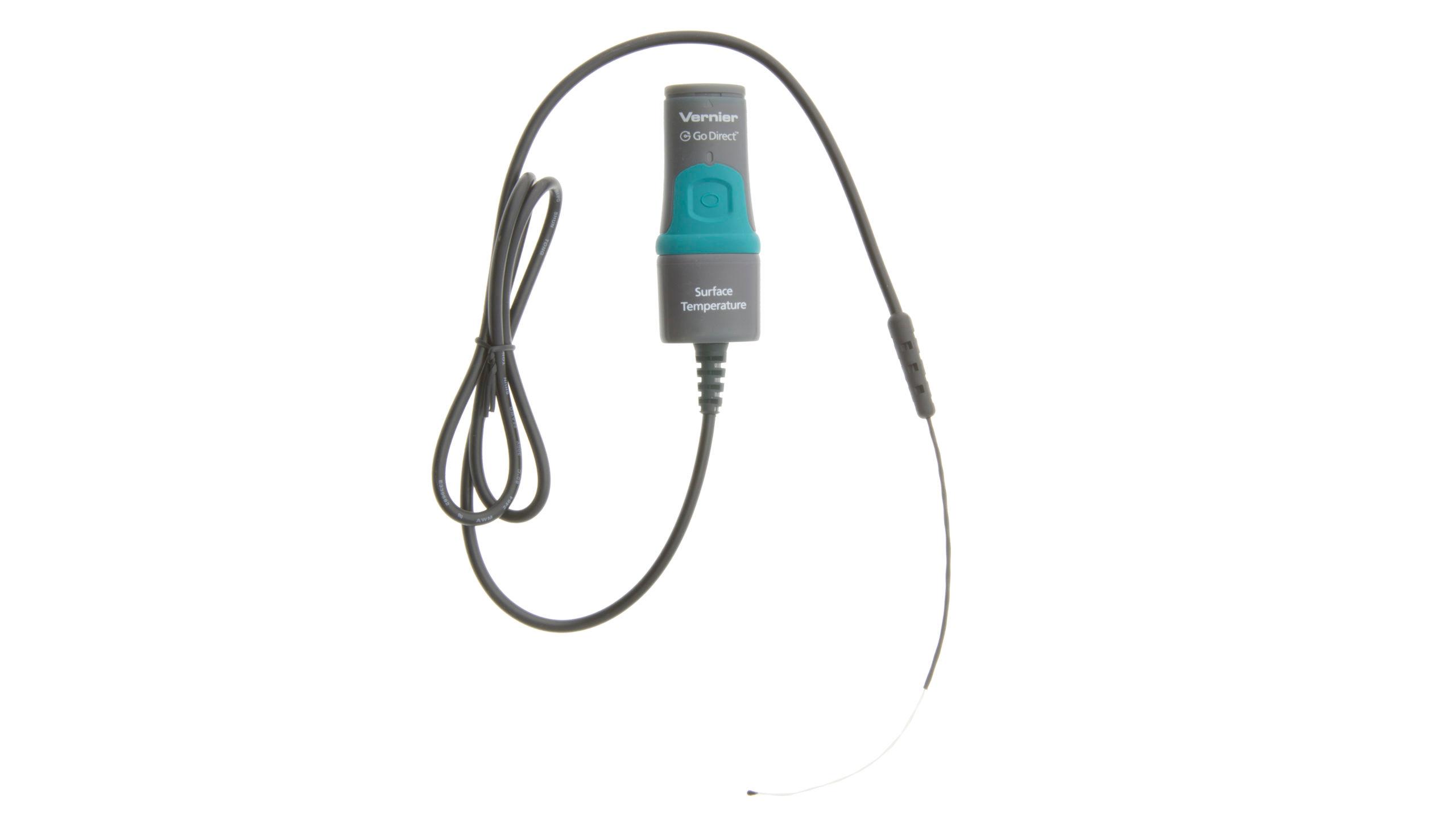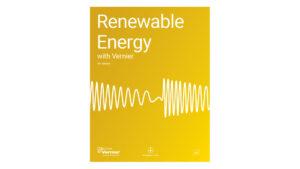Exploring Passive Solar Heating
Experiment #22 from Renewable Energy with Vernier
- Education Level
- High School

Introduction
To reduce the amount of electricity used to heat and cool buildings, people are working to refine passive solar design features that allow buildings to heat and cool without the need for a system that relies on electricity.
A well-designed passive solar building retains heat in the winter in order to be comfortably warm and, during the summer, eliminates heat so that it remains cool. This heating and cooling is done without the use of pumps or fans and instead relies on insulation and shade, amongst other features.
In this experiment, you will monitor temperature of a model home and determine the cooling rate of the interior after the model home has been heated by a lamp. Once you have this baseline data, you can compare it to future experiments after making modifications to your model home.
Objectives
- Measure the temperature of a model home as it cools.
- Compare results to Newton’s Law of Cooling.
Sensors and Equipment
This experiment features the following sensors and equipment. Additional equipment may be required.
Option 2

Ready to Experiment?
Ask an Expert
Get answers to your questions about how to teach this experiment with our support team.
- Call toll-free: 888-837-6437
- Chat with Us
- Email support@vernier.com
Purchase the Lab Book
This experiment is #22 of Renewable Energy with Vernier. The experiment in the book includes student instructions as well as instructor information for set up, helpful hints, and sample graphs and data.


